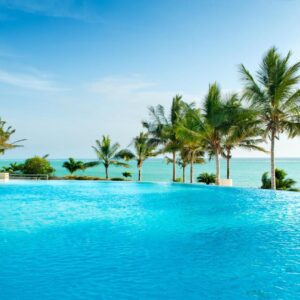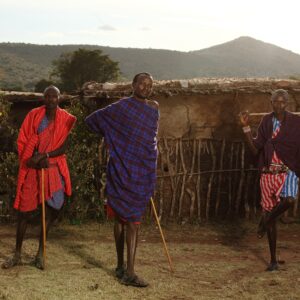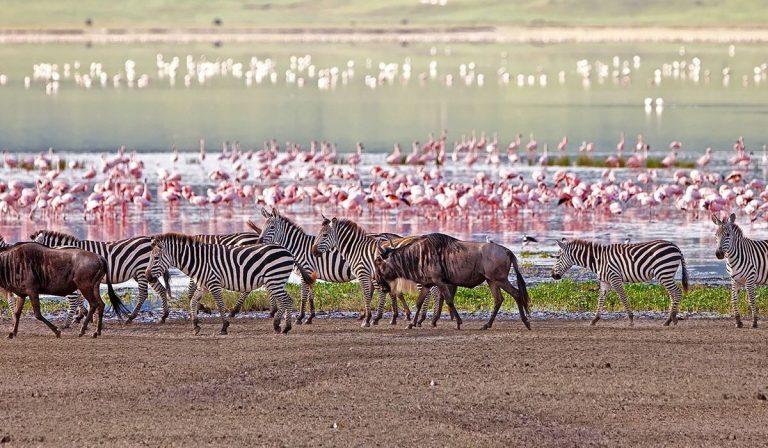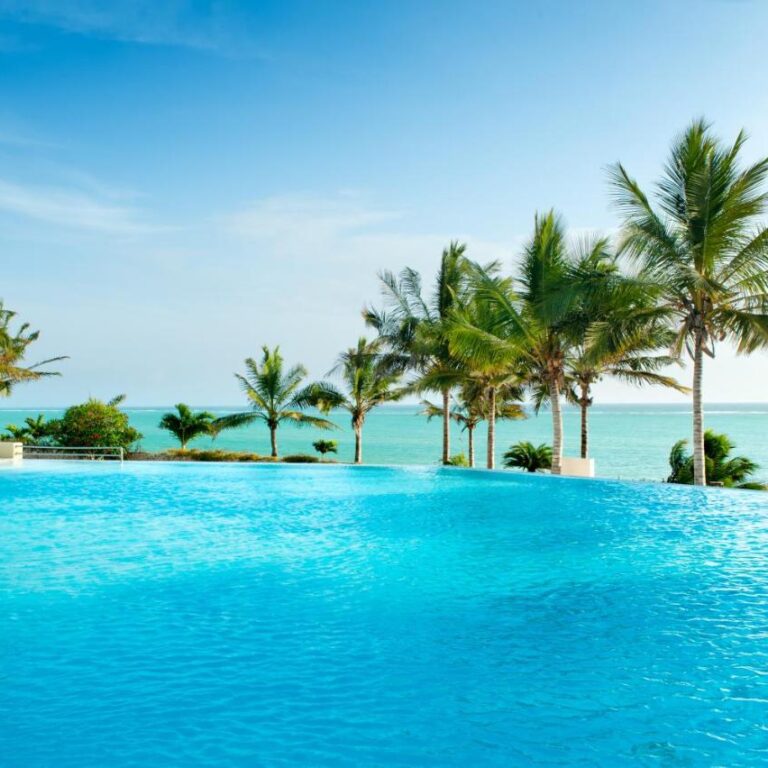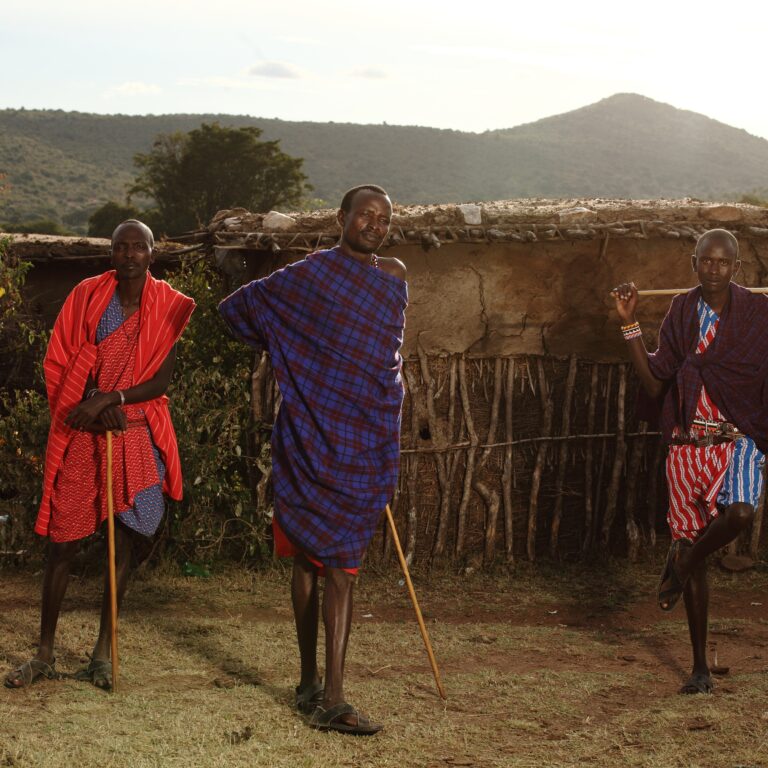Climb Kilimanjaro Without A Guide - Is It Possible?
Is it possible to Climb Kilimanjaro Without a Guide? As of the latest information available (knowledge cutoff: 2021), climbing Mount Kilimanjaro without a guide is not allowed. The government of Tanzania requires all climbers to have a licensed guide when ascending Mount Kilimanjaro. This policy is in place to ensure the safety and well-being of climbers. As well as to protect the fragile environment of the mountain.
The Tanzanian government has implemented regulations that make it mandatory for climbers to hire a registered guide, who is trained in wilderness first aid, familiar with the mountain’s routes and terrain, and knowledgeable about the local regulations and park rules. Climbing Kilimanjaro is a serious undertaking that involves high altitudes, challenging terrain, and potential risks, and having a qualified guide can greatly enhance the safety and success of the climb.
Additionally, Kilimanjaro is located within a national park, and climbing it without a guide would violate park rules and regulations. Tanzania’s National Parks Authority (TANAPA) has strict guidelines in place to protect the mountain’s environment and wildlife, and hiring a guide is one of the requirements for obtaining a climbing permit.
Why You Can’t Climb Mt. Kilimanjaro Without A Guide
Therefore, it is not possible to climb Kilimanjaro without a guide under the current regulations and policies in place in Tanzania. It is important to follow the rules and regulations of the destination you are visiting and prioritize safety and responsible travel practices.
Technically, it is possible to climb Mount Kilimanjaro without a guide, as the mountain does not require any technical climbing skills. However, it is not recommended, and most climbers choose to hire a local guide for several important reasons:
Safety
Climbing Mount Kilimanjaro can be physically and mentally demanding, and having an experienced guide can greatly enhance your safety. Guides are trained in wilderness first aid and can handle medical emergencies that may arise during the climb. They are also familiar with the mountain’s terrain, weather conditions, and potential hazards, which can help prevent accidents and ensure a safe ascent.
Navigation
Mount Kilimanjaro has several different routes. Navigating the mountain can be challenging, especially if you are not familiar with the area. Guides are knowledgeable about the routes, trails, and camping sites. Help you choose the best path based on your fitness level, preferences, and the time of year you are climbing.
Unfortunately, it is not possible to climb Kilimanjaro without a guide. Kilimanjaro National Park has made it a requirement that all trekkers are accompanied by a registered and licensed guide. Trekkers need to register with the Parks Authority before beginning their trek.
Logistics
Climbing Kilimanjaro requires permits, park fees, and other logistical arrangements, which can be overwhelming to arrange on your own. Guides can take care of these logistics. Ensuring that you have the necessary permits and paperwork to climb the mountain legally and without any hassles.
Cultural Experience
Kilimanjaro is located in Tanzania, and climbing the mountain provides an opportunity to immerse yourself in the local culture. Local guides are usually from the surrounding communities. Share their knowledge of the area’s history, culture, and customs, enriching your overall experience.
Support
Climbing Kilimanjaro is a challenging endeavor, both physically and mentally. Having a guide provides emotional support, motivation, and encouragement throughout the climb. Can be invaluable in helping you reach the summit.
While it is technically possible to climb Kilimanjaro without a guide. It is not recommended unless you are an experienced mountaineer with ample wilderness experience. Hiring a local guide can enhance your safety, navigation, logistics, cultural experience, and overall enjoyment of the climb. TripAdvisor Reviews.
Best Routes for Independent Climbers
When climbing Kilimanjaro without a guide, choosing the right route is crucial. Each route offers unique challenges and rewards. Here are some popular routes suitable for independent climbers:
Marangu Route:
Known as the “Coca-Cola” route, it’s the most straightforward path, but not the most scenic. It requires a minimum of 5 days for ascent and descent.
Machame Route:
This route offers stunning views and a more challenging ascent. It usually takes 6-7 days to complete, allowing for better acclimatization.
Rongai Route:
The only route starting from the north, it’s less crowded and grants beautiful vistas. The trek takes around 6-7 days.
Lemosho Route:
A longer route providing better acclimatization and diverse landscapes. The climb typically takes 7-8 days.
Conclusion
In conclusion, it is indeed possible to climb Kilimanjaro without a guide, but it’s not a decision to be taken lightly. It requires meticulous planning, physical fitness, and a clear understanding of the risks involved. Climbing solo offers freedom and personal accomplishment, but it also brings safety concerns and logistical challenges.
If you choose to embark on this journey independently, remember to be well-prepared, adhere to park regulations, and prioritize safety at all times. Alternatively, consider joining an experienced group that can enhance your adventure and make the climb even more enjoyable.
Remember, climbing Kilimanjaro is a remarkable achievement, whether you do it with a guide or not. So, are you ready to take on the challenge and reach new heights?
Can you do Kilimanjaro on your own?
At the very least, you will need a guide and a porter and it is illegal to attempt to climb Kilimanjaro without guides and permits. However, if you would prefer not to have anyone else in your tour group, you may want to consider a private tour.
Can I climb Kilimanjaro without experience?
Trekking on Kilimanjaro – What does it take?
If you want to go trekking on Mount Kilimanjaro, and you have no previous mountain, trekking and camping experience at all, don’t despair. Thousands of people tackle their Kilimanjaro trek with no experience whatsoever, and many of them still reach the summit.
Can you climb Kilimanjaro if you are afraid of heights?
There is nothing on the mountain that will stop you from reaching the summit if the only obstacle is your fear of heights. There are a few areas that may make you feel a bit uneasy, but you can choose a different route, one that avoids the more difficult spots.
Can a beginner summit Kilimanjaro?
A reasonable degree of fitness is sufficient for most people to have a successful climb. As we mentioned before, Kilimanjaro is suitable for beginners; they do very well. The best advice is for everyone to arrive in great shape. Don’t underestimate the climb because you know someone did it who you believe was not fit.
How hard is it to breathe on Kilimanjaro?
By the time you reach the summit of Kilimanjaro, you’re breathing in roughly half the oxygen molecules per breath than you would at sea level! Less oxygen per breath places a strain on your body, especially when you’re exerting yourself.
What is the hardest part of climbing Kilimanjaro?
How hard is climbing Kilimanjaro? The summit night, making that journey to the summit of Mount Kilimanjaro at around midnight or shortly after, and in total darkness, is the hardest part of climbing Kilimanjaro. That is according to many people who have then gone on to climb this mountain in Tanzania.
Do you need oxygen at the top of Mount Kilimanjaro?
Do you need oxygen to Climb Kilimanjaro? Climbing Kilimanjaro, Kilimanjaro’s altitude is a significant challenge, but climbers do not need supplemental oxygen to climb Kilimanjaro or reach the summit. To reach to the summit you use the acclimatization method of walking slowly “pole pole” climb high, sleep low.
Can an average person hike Kilimanjaro?
You want to be in good physical shape to climb Kilimanjaro, but there’s no need to be super-fit. This is a trek, not a climb after all, and if you can run for 30 minutes two to three times a week, and enjoy an all day hike at weekends, you should be fine. That said, many people do underestimate Kili.
Is 50 too old to climb Kilimanjaro?
Senior climbers on Kilimanjaro are just as likely to get to the summit as younger people. It just take us longer! Just to reiterate: if you are over 50, you are just as likely to get to the summit of Kilimanjaro as those who have yet to reach their half century.
Can you shower while climbing Kilimanjaro?
Keeping clean on a Kilimanjaro climb is an interesting exercise. At no point on the mountain are showers available, unless you’re hiking the Marangu route, which does offer cold showers. For the rest of us hiking one of the other seven Kilimanjaro routes, there’ll be no showering during the trek.
Is there a death zone on Kilimanjaro?
Climbers on Kilimanjaro use oxygen in the “death zone,” which is above 26,000 feet. Acclimatization is impossible in the death zone. If you use it to help you climb Mount Kilimanjaro, you risk masking the symptoms of altitude sickness and interfering with the natural adaptation process.


